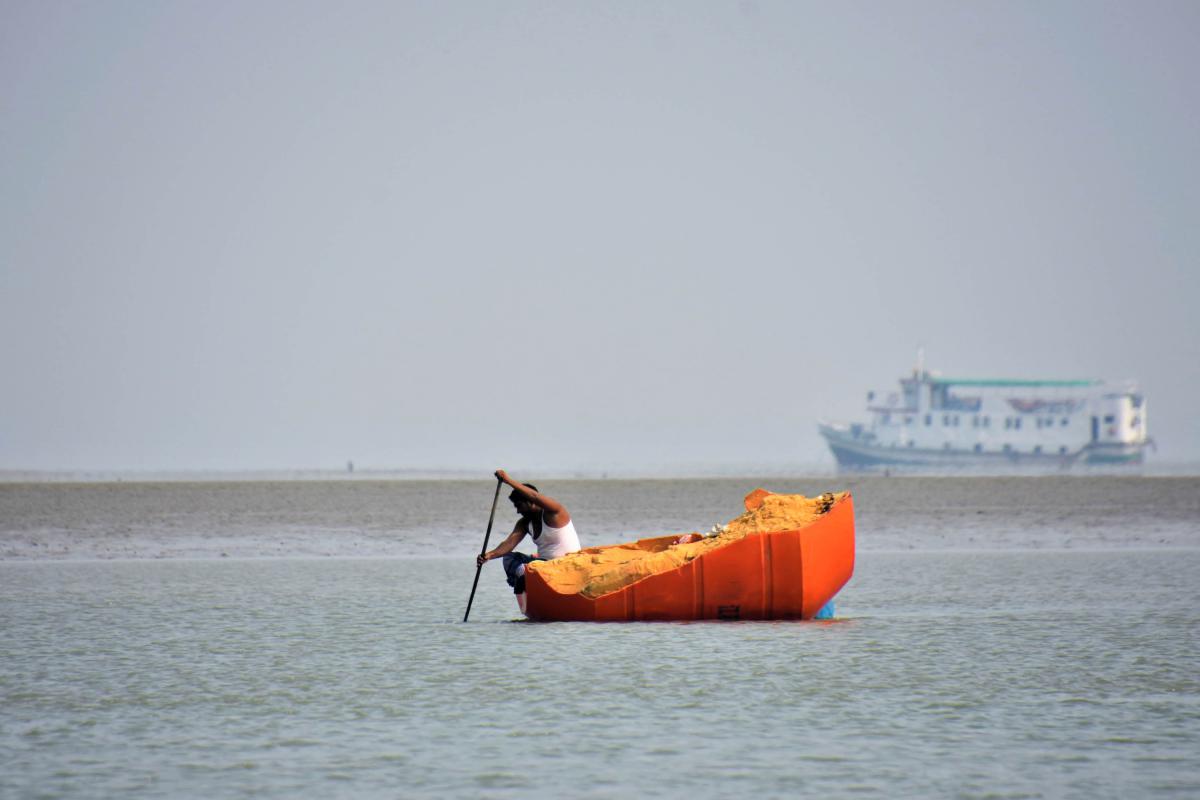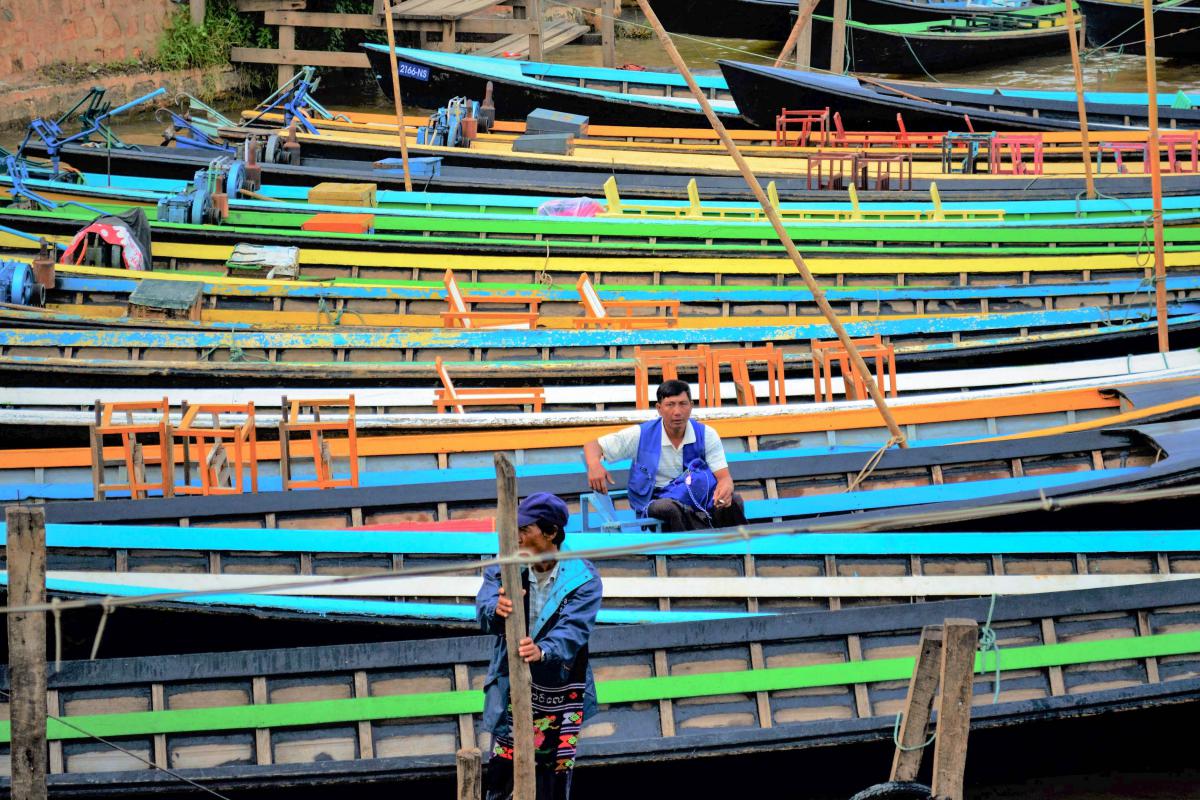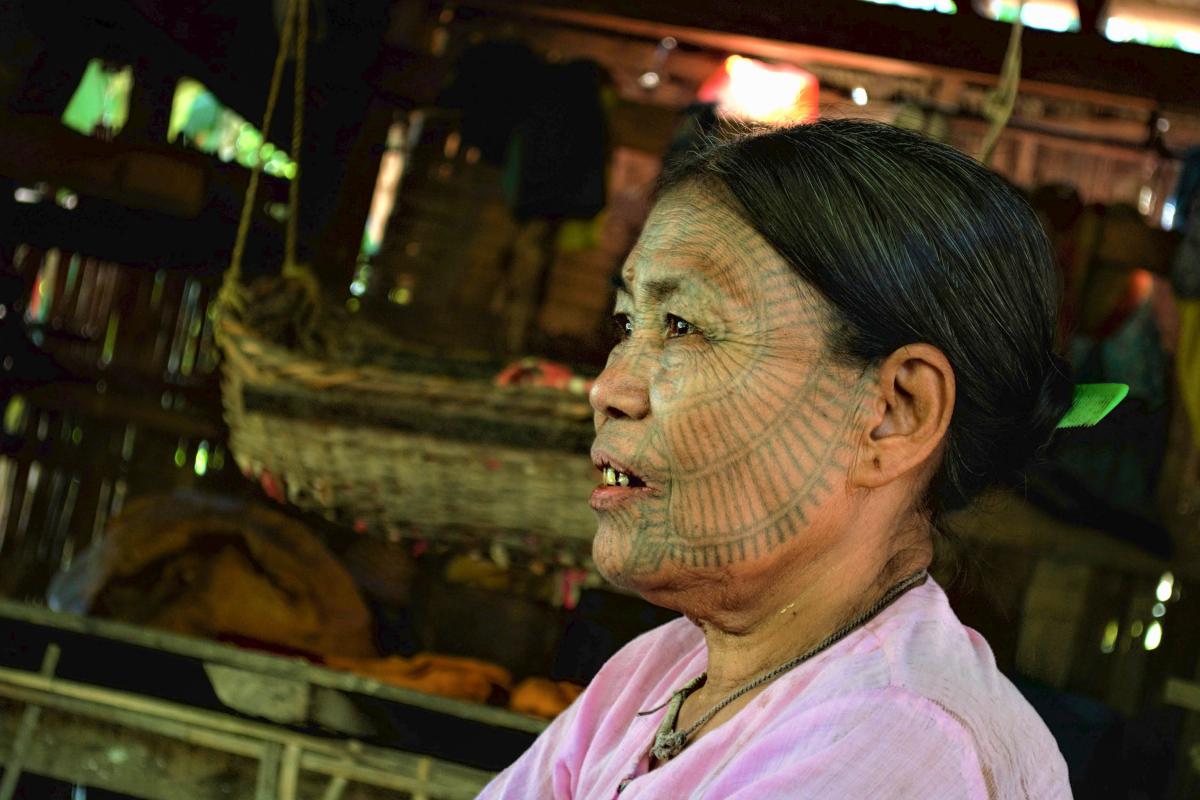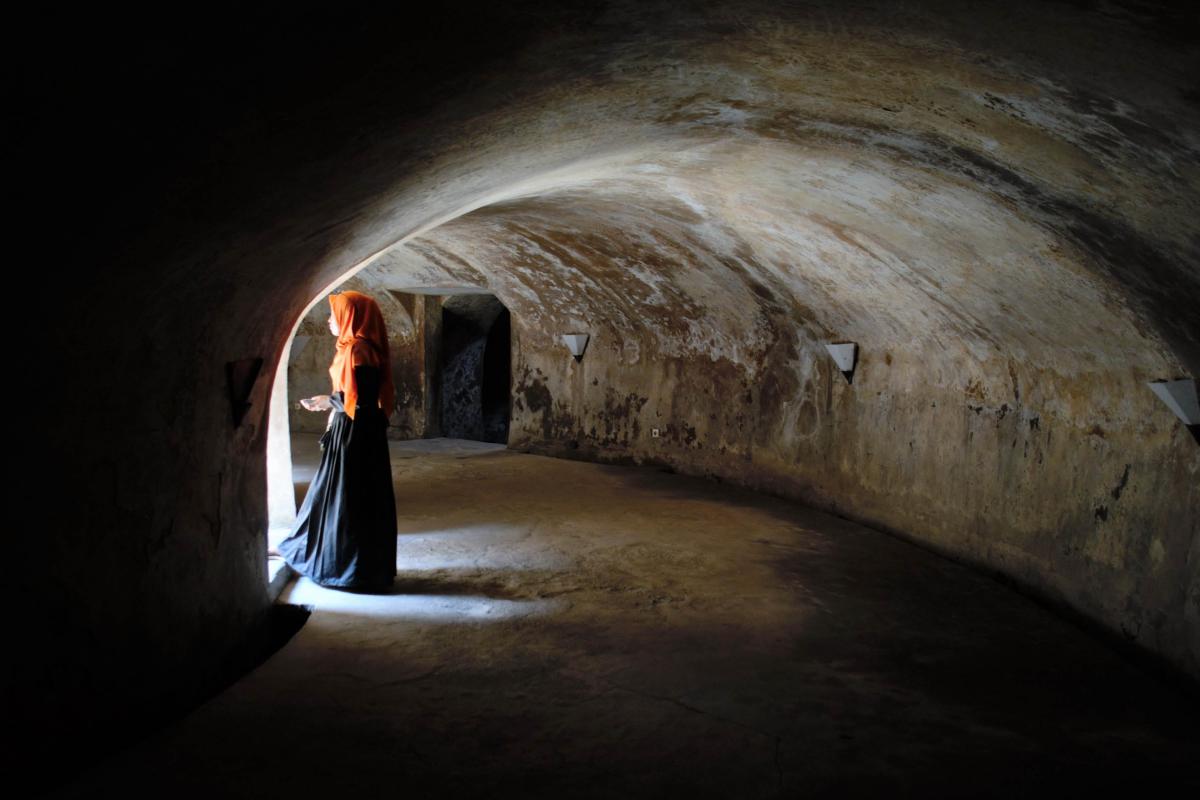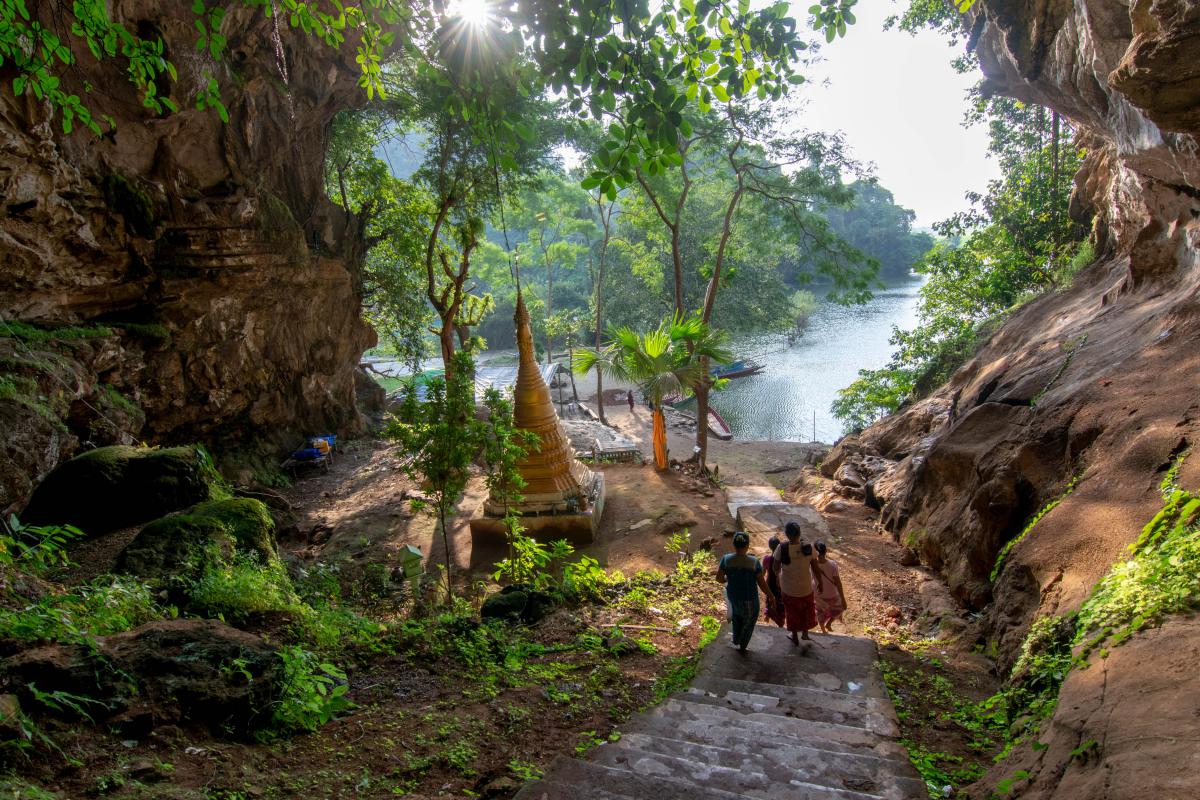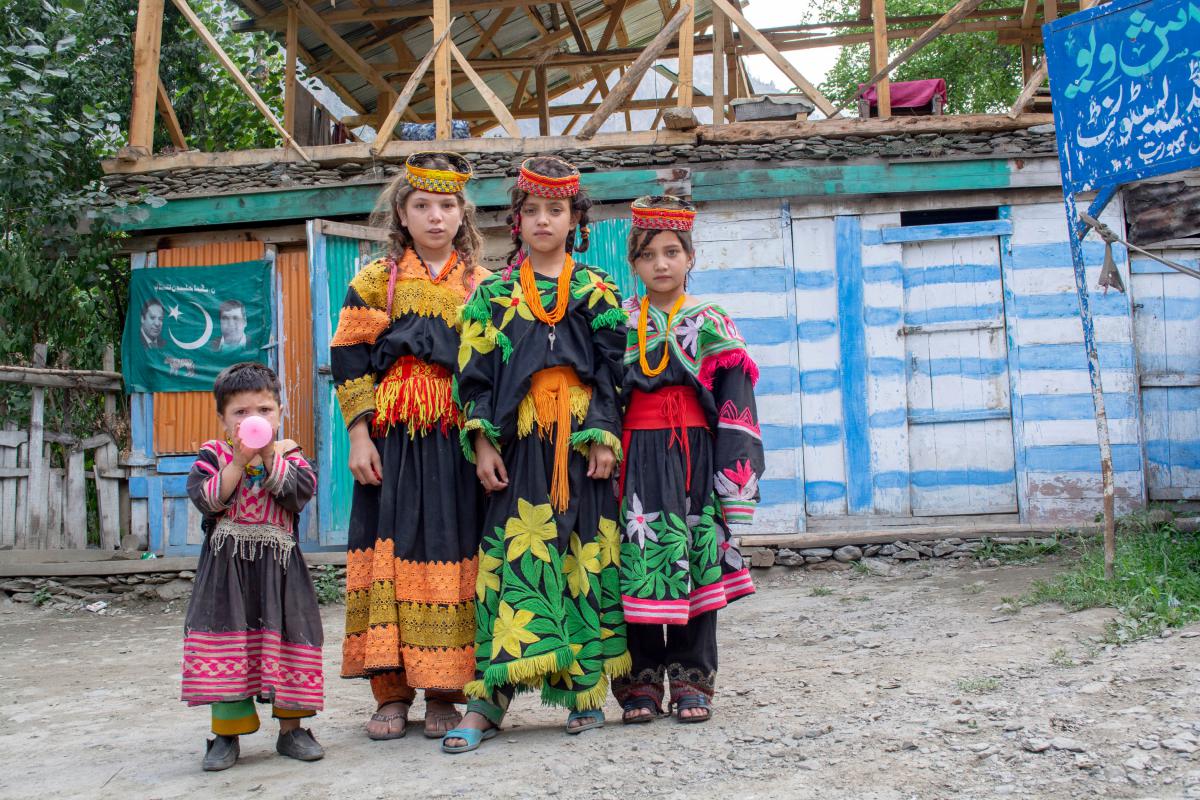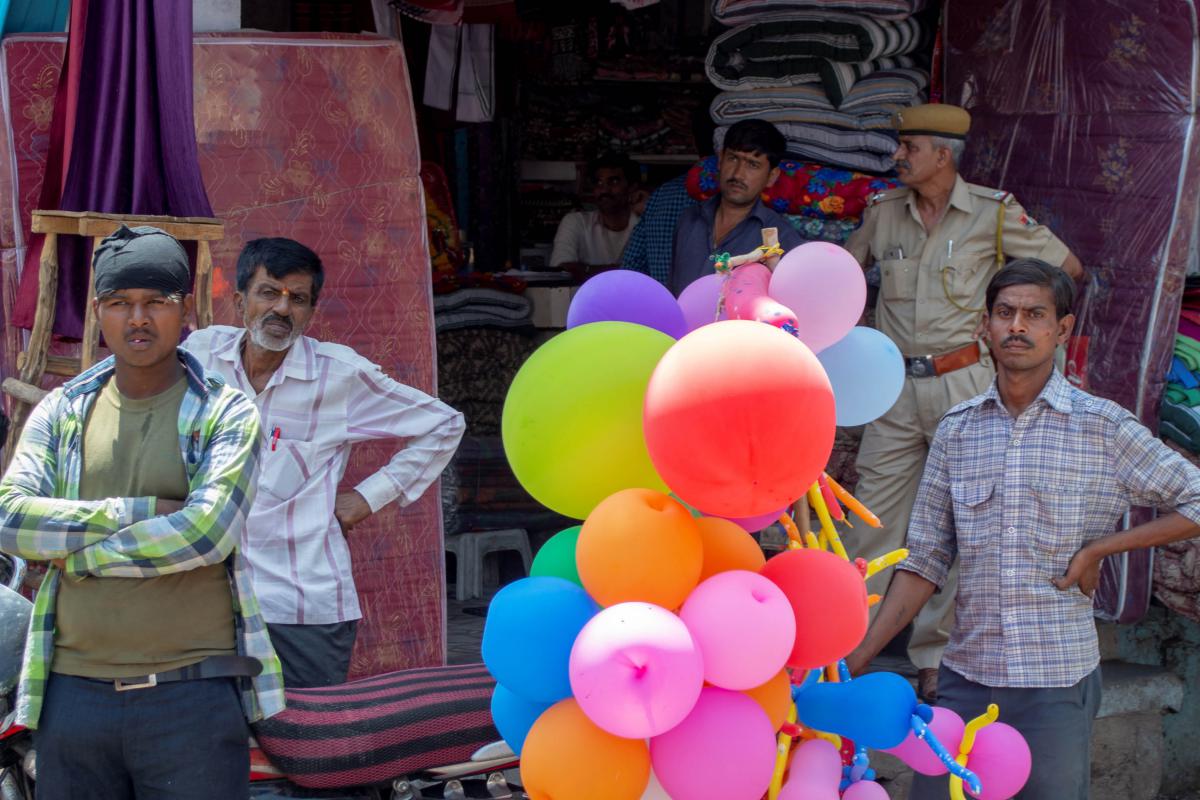
99 Red Balloons
Rajasthan, India. June 2017.
To me balloons are like smiles. Smiles that I can actually see, well kind of. They are a burst of colour, a flicker of fun and my camera and my eye love them.
Balloons stand out even more in the dirty streets of India, Lao, Myanmar etcetera than they do at a kid’s birthday party at home. They are a modern juxtaposition in an often timeless scenario. They are a glimmer of hope, of joy in an otherwise relentless and often difficult existence. They are a bit of fun for children who often don’t have much of a childhood. They are an income for old men who may have passed the prime of their working life. They are something that I can sort of see even without a camera.
This photograph was taken while a street parade was taking place, celebrating one of many ‘special days’ on the Indian cultural calendar. Whilst the men in the picture were busy watching the parade I turned my back to it preferring to watch the crowd. And then balloons! Yes!
The men themselves appear in no rush to party but the balloons are. The police officer, like all good Indian police officers, would prefer tor hide in the background and look away rather than do anything. It is up to the balloons to do the talking. The colourful balloons are echoed in the rugs above them and well, I really don’t care what else. I mean, Balloons!!!




